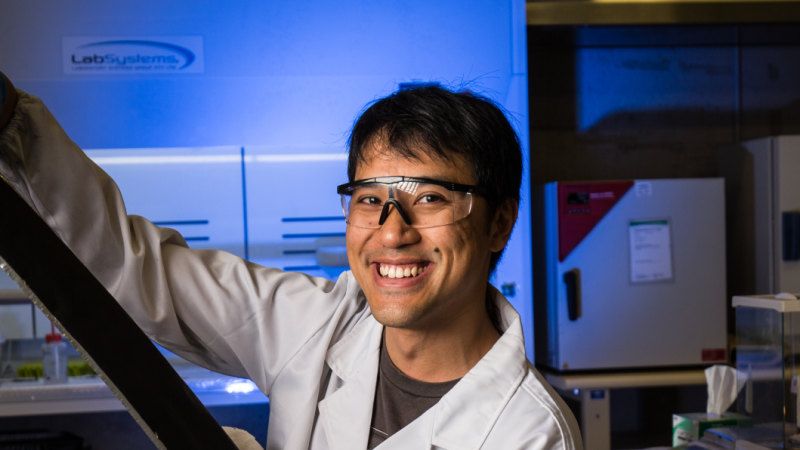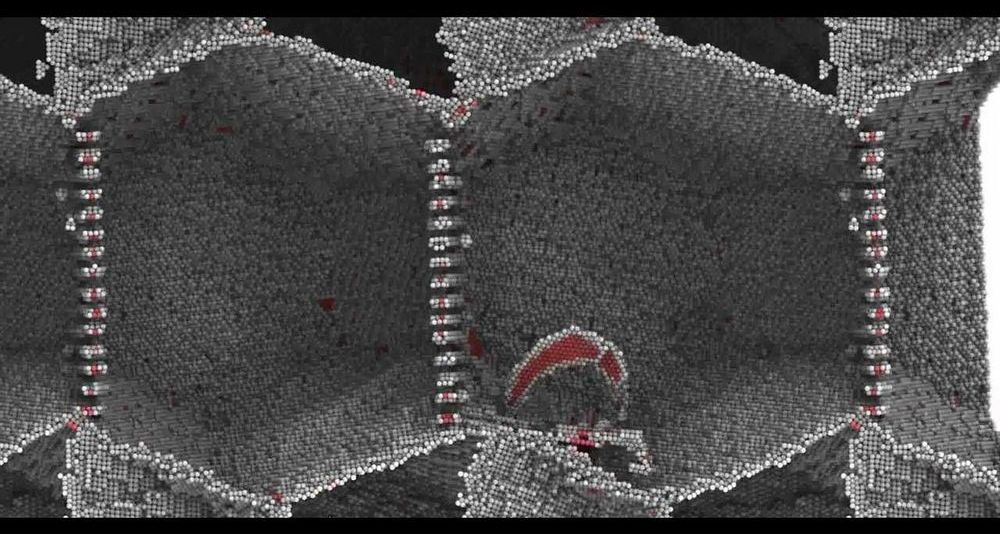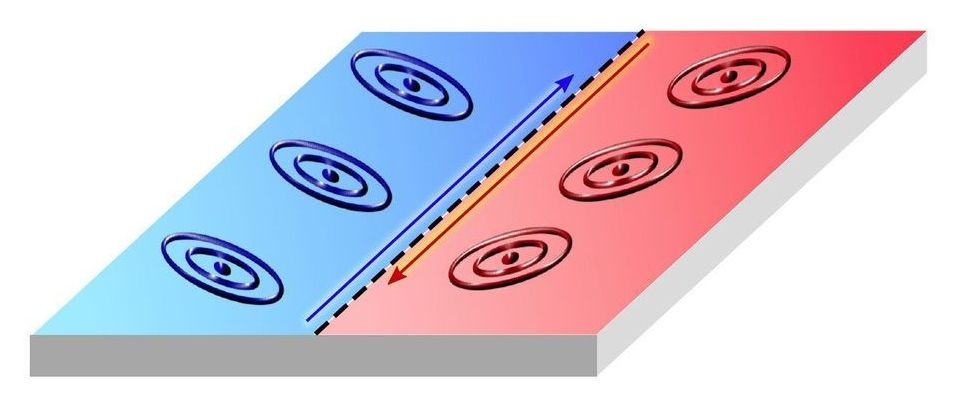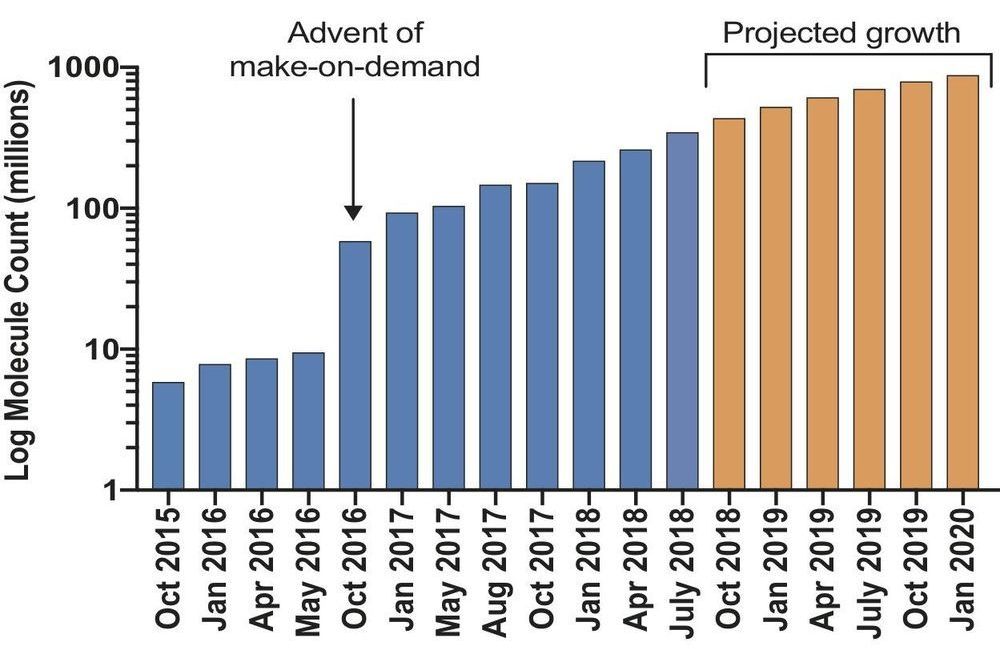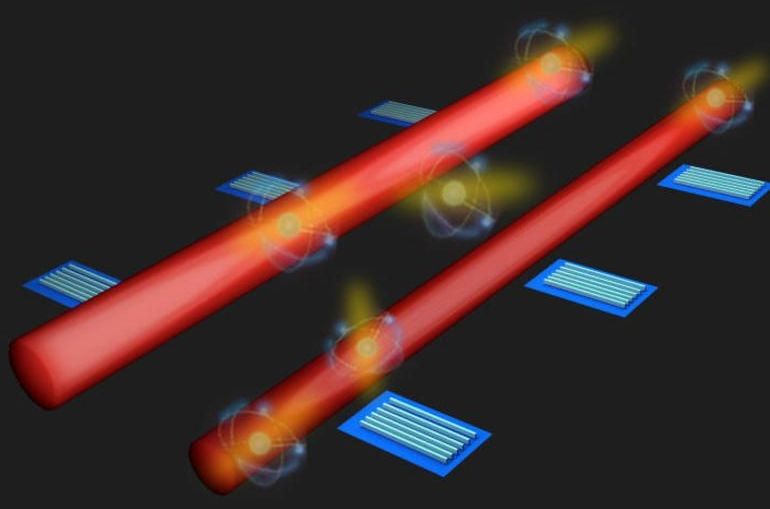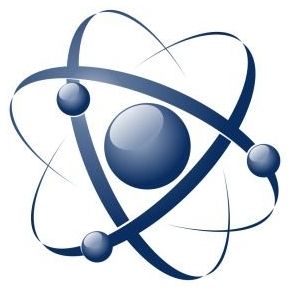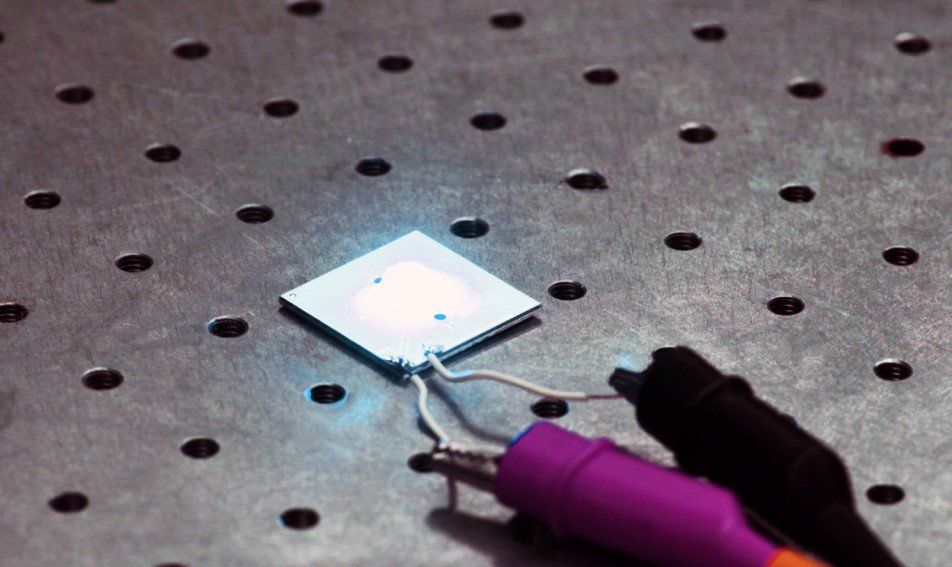Feb 6, 2019
To conserve energy, AI clears up cloudy forecasts
Posted by Quinn Sena in categories: mathematics, robotics/AI
If the forecast calls for rain, you’ll probably pack an umbrella. If it calls for cold, you may bring your mittens. That same kind of preparation happens in buildings, where sophisticated heating and cooling systems adjust themselves based on the predicted weather.
But when the forecast is imperfect—as it often is—buildings can end up wasting energy, just as we may find ourselves wet, cold or burdened with extra layers we don’t need.
A new approach developed by Fengqi You, professor in energy systems engineering at Cornell University, predicts the accuracy of the weather forecast using a machine learning model trained with years’ worth of data on forecasts and actual weather conditions. You combined that predictor with a mathematical model that considers building characteristics including the size and shape of rooms, the construction materials, the location of sensors and the position of windows.


